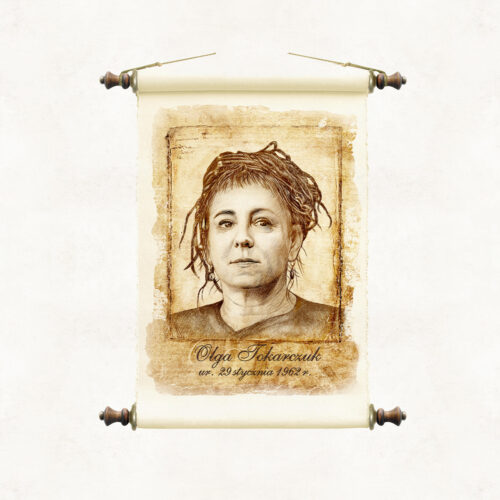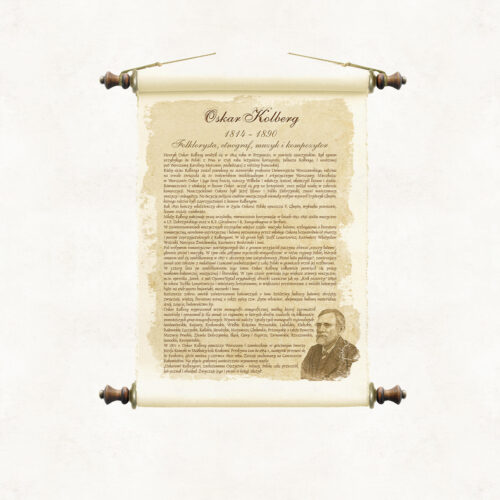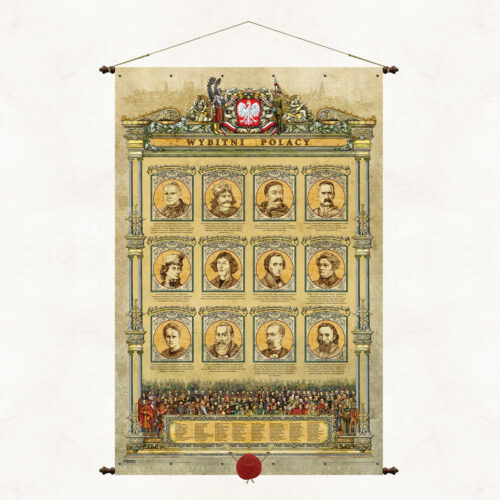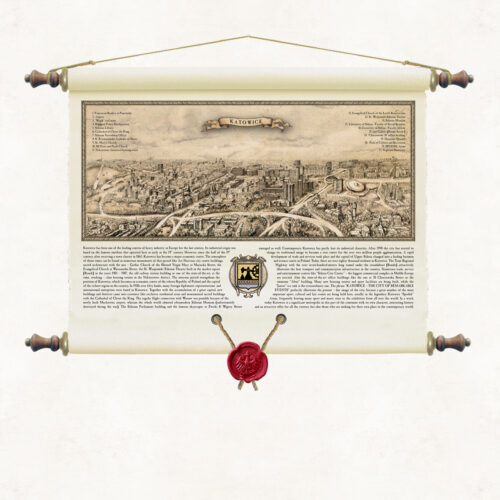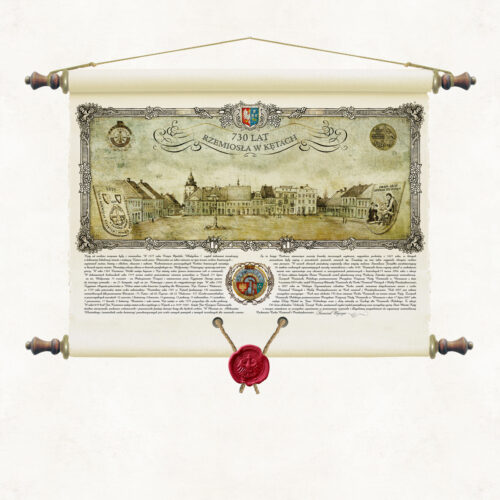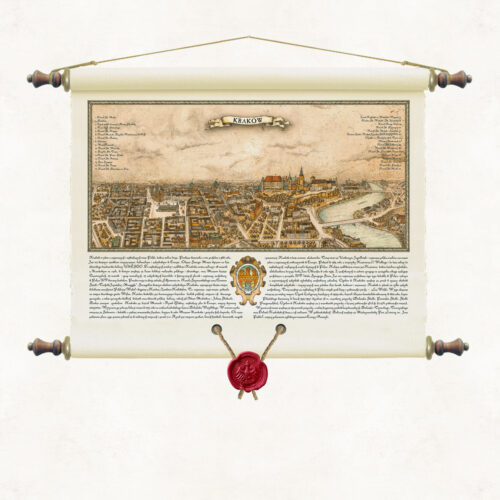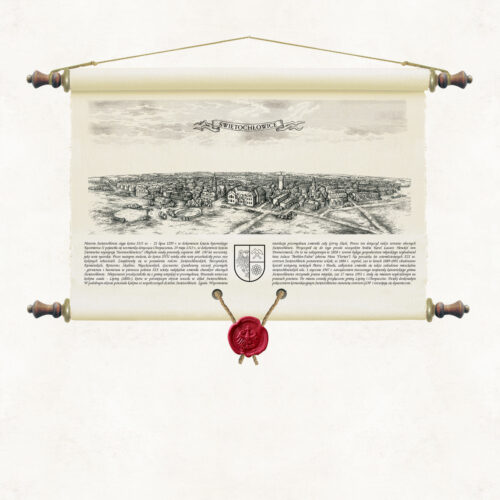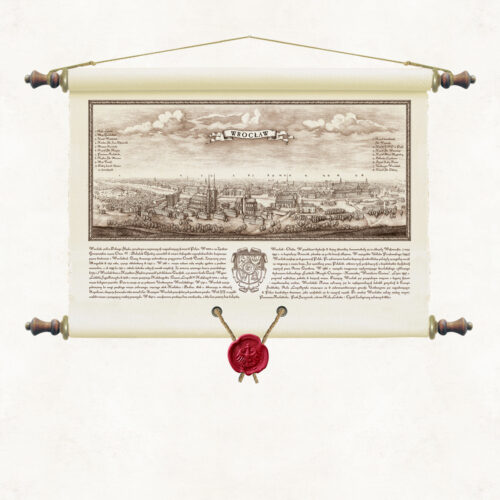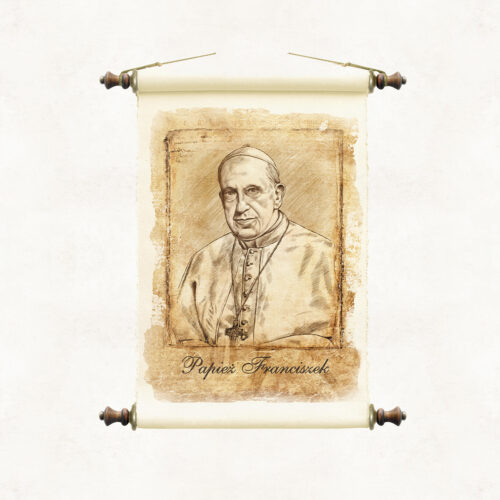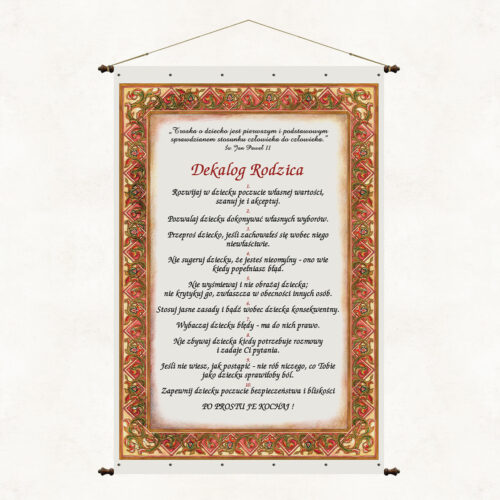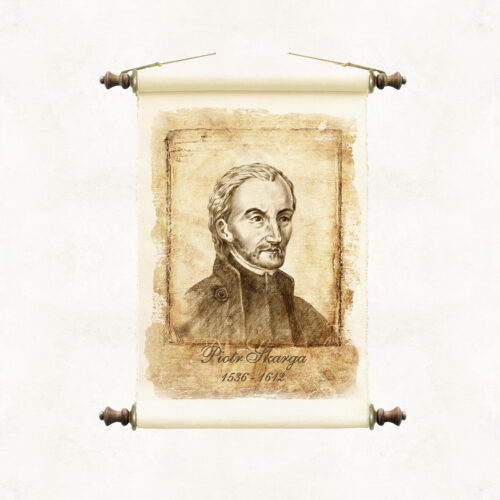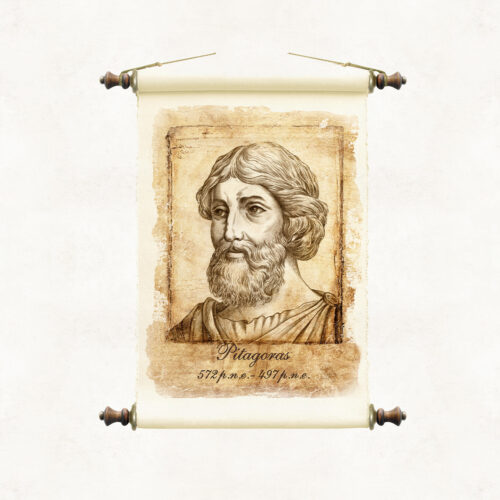-
The board presents a selection of over 120 outstanding Poles who made a significant contribution to the creation and strengthening of Polish statehood, culture and national heritage. Their images appear at the bottom of the map and are numbered, which allows easy identification of the person according to the list below. In the center of the board there are portraits of 12 figures particularly important to Poles and our national tradition.

